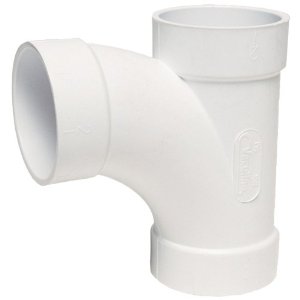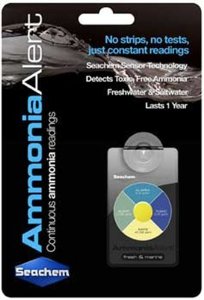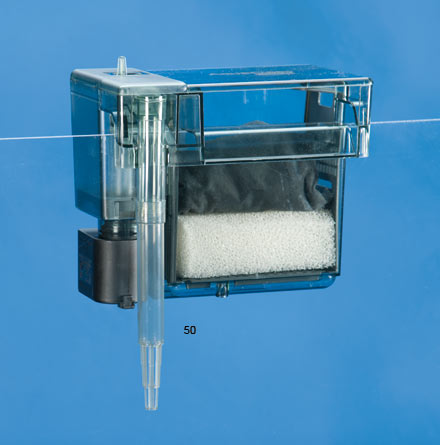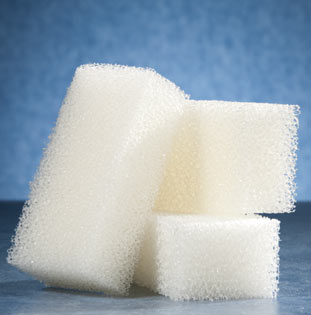- Joined
- Nov 16, 2016
- Messages
- 435
- Reaction score
- 164
@125mph I've treated Regal Angels in CP without issue. However, does your sister know how to check for ammonia and how to do a WC if the need arises? And how to dose CP into any replacement water so therapeutic level never drops?
I'm only gone 10 days, and its a 29G with HOB and seeded sponge. The regal is about 3". I can't imagine there'll be a problem with ammonia.. Single fish. She will top off water.




















